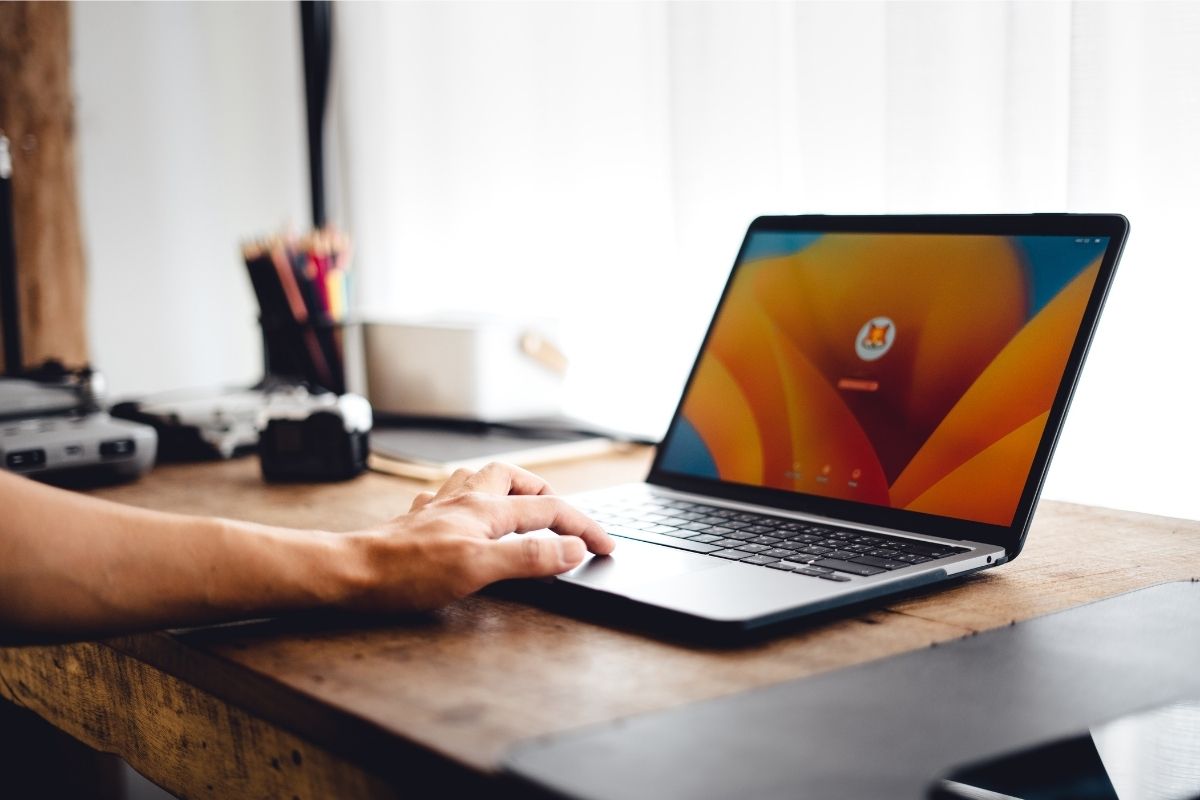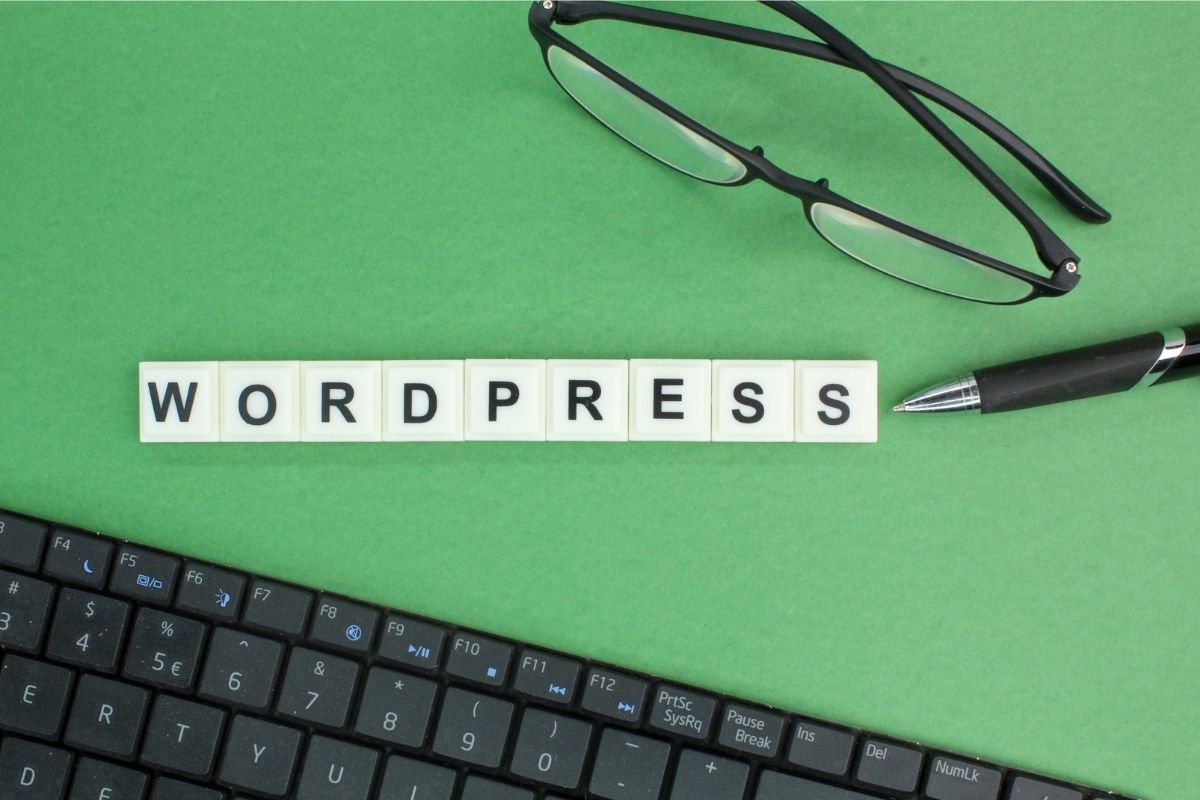WordPress Services
WooCommerce Solutions
Diğer Hizmetler
Installing WordPress on localhost allows you to test and detect errors early on during web development. In this guide, we've detailed the steps for installing and configuring WordPress on a local server using tools like XAMPP, and we've also offered tips for staying productive during development.

When developing online projects, testing a website or application in a local environment before publishing it is crucial to minimize potential errors. This is where the concept of localhost comes in. Localhosting creates a server environment on your computer, allowing you to run your website without needing an online server.
In this guide, on localhost WordPress We'll walk you through the installation process step by step. From the tools required to the installation process, we'll explain each step in a simple and understandable way, showing you how to set up a WordPress site on your own computer.
Localhost allows your computer to function as a server without an internet connection. It's useful for developing and testing websites and applications. Developers can test and fix bugs locally before launching their projects.
Localhosting offers project development without hosting or domain costs, and changes can be tested instantly. This is a huge advantage, especially for beginner developers.
To set up a WordPress site on localhost, you'll need a few basic tools. These tools will allow you to run a local server and install WordPress. Here are the main tools you can use in this process:
When you download and install one of these tools, you'll create a server environment on your computer. You can then build your site by running WordPress files on this local server.
In this guide, we'll install WordPress on localhost using XAMPP. XAMPP is a suitable option for both Windows and Mac users, and installation is quite simple.
Firstly XAMPP official website Go to and download the version appropriate for your operating system. Once the download is complete, launch the installation. During the installation, make sure components like Apache and MySQL are selected, as these two components are required to run the local server and database.
Once the installation is complete, open the XAMPP Control Panel and start the Apache and MySQL services. These two services run the local server and database. Apache functions as the web server, while MySQL manages the database required by WordPress.
Once Apache and MySQL are started, in your browser localhost/phpmyadmin You can access PHPMyAdmin by typing: PHPMyAdmin is a web interface used to manage MySQL databases, and we'll create the database required for WordPress here.
To install WordPress on your local server, download the latest version from the official WordPress website, unzip the file, and move the files to the htdocs folder in XAMPP.
htdocs is the home directory of your local server and files moved here become executable on localhost.
WordPress needs a database to function properly. To do this, you need to create a new database in PHPMyAdmin. localhost/phpmyadmin Go to , click the "New" tab, and enter a database name. Once the database is created, you'll need to select it in the WordPress installation screen.
At this stage, your WordPress files wp-config.php You need to add database information by configuring the file. This file contains the database name, username (usually root), and password (left blank by default) to enable WordPress to connect with the database.

Once the database is created, access the WordPress installation screen by entering localhost/wordpress in your browser.
Complete the installation by entering information such as the language, site name, administrator username, and password. After installation, test page loading speeds, theme and plugin compatibility, plugin functionality, and any adjustments to the admin panel.
These tests ensure that your site is running without errors.
To have a more productive development experience when working with WordPress on localhost, you can consider these tips:
wp-config.php to file define( 'WP_DEBUG', true ); You can activate the error log by adding the code:In conclusion, installing WordPress on localhost significantly simplifies the web development process. Thanks to local servers, you can test your site offline and fix any errors before publishing. After completing the step-by-step installation process with XAMPP, you can experience all the features of WordPress seamlessly.
If you encounter problems in your digital projects, Worgoo A superhero who identifies and corrects web design errors like these in the digital world is always by your side. Worgoo ensures the smooth operation of your website by providing high-quality and fast solutions.
Localhost is a concept that allows your computer to act as a local server, allowing you to test your website without needing an internet connection.
You can use tools like XAMPP, MAMP, Local by Flywheel, and WampServer. These tools will help you create a local server and install WordPress.
XAMPP is a free software that allows you to create a local server. After downloading and installing XAMPP from the official website, you can use it by starting the Apache and MySQL services.
You can create a new database via PHPMyAdmin and connect WordPress to it. To do this: wp-config.php dosyasında gerekli ayarlamaları yapmanız gerekir.
Localhosting allows you to test a website without the cost of hosting or a domain. You can also instantly see and test changes to the site and fix any errors before it goes live.
Take the first step for your brand by filling out the form. Let’s create your fast, reliable, and professionally designed website without wasting any time.
Nasıl Yardımcı Olabiliriz?
Aşağıdaki butonlardan bizimle iletişime geçebilirsiniz.